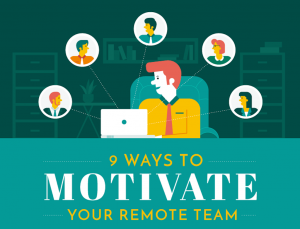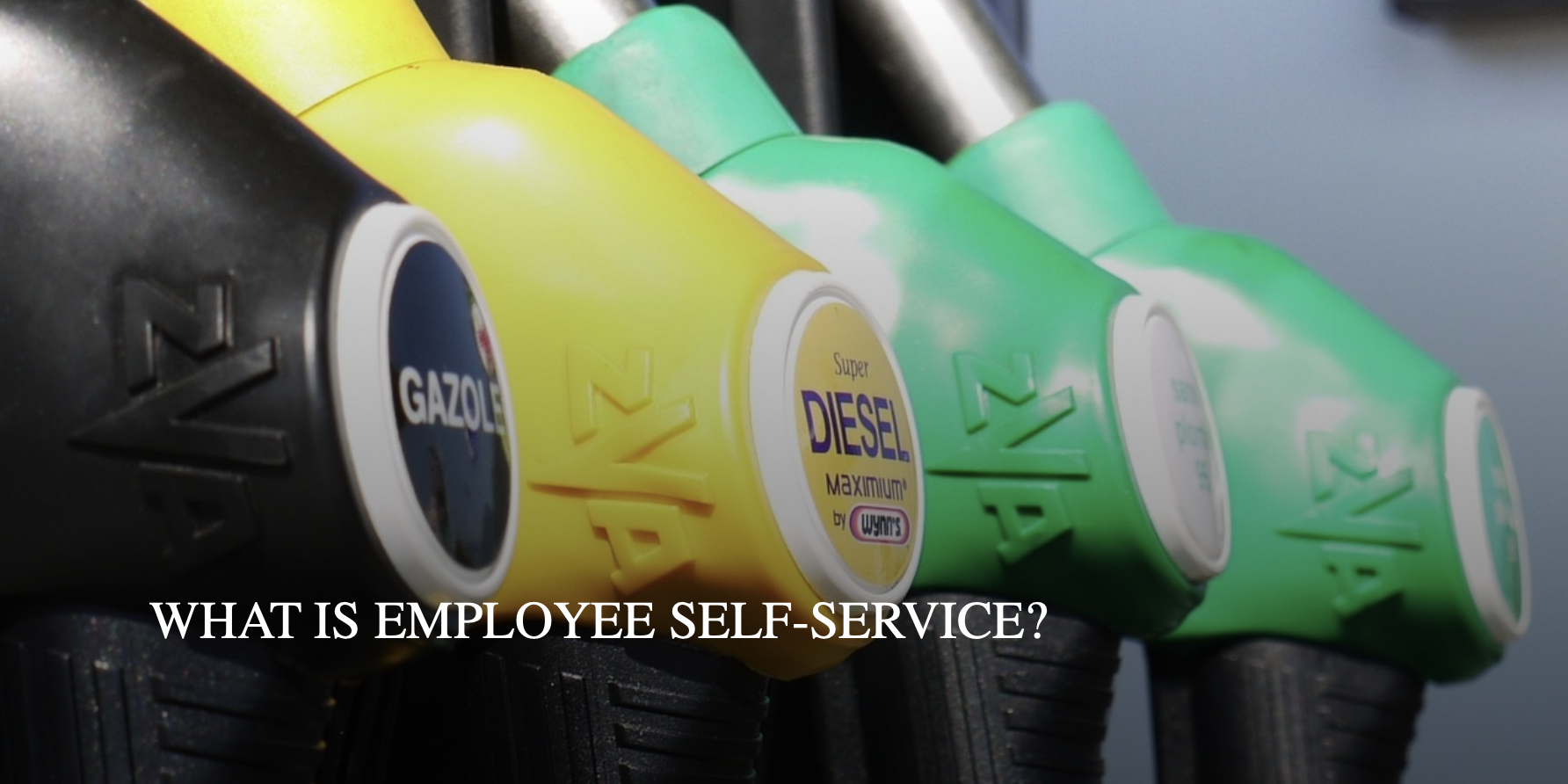Summary. To organize your desk, identify what your organizing goals are, get rid of unnecessary items, and give everything a place. You should also recognize your natural workflow and arrange your supplies to support that.
Organizing your desk may not be at the top of your to-do list at work, but it’s an important part of staying productive and even enjoying your job more.
In this article, we’ll explain how to organize your desk, as well as the benefits of having a tidy workspace.
Key Takeaways:
-
The first step to organizing your desk is to identify your organizing goals – everyone’s definition of “organized” is different.
-
Getting rid of unnecessary items and arranging your supplies, so they support your workflow are key to organizing your desk.
-
Leave empty spaces on your desk so you’ll have room to work.
How to Organize Your Desk
-
Identify your organizing goal. Not everyone has the same definition of “organized,” and that’s okay. Some people may think that an organized desk has nothing but a computer and a water bottle on it, while others may find this stressful or may simply need to have more materials out in order to do their job effectively.
So, to avoid driving yourself crazy by working toward someone else’s definition of “organized,” decide what your goal is in arranging your desk. Here are some ideas to get you started:
-
Having a place to put everything away so you can start and end the day with a clear workspace.
-
Having all your files and papers within easy reach while still looking orderly.
-
Being able to see all of the information you need throughout the day at a glance.
At the end of the day, organizing your desk should help you feel more productive and focused, so do what you need to do to reach that goal.
-
-
Essentialize your stuff. The first step in organizing anything is to take out what you don’t need. You may be able to identify some unnecessary items right off the bat – dried-up pens, old sticky notes, or that paper tray you never seem to use – but others might take a little longer to notice.
To help you with this, after you’ve removed the obvious clutter, take everything else off of your desk and put it in a box, in a drawer, or on the floor. As you realize you need an item, bring them back up onto your desk. Then, at the end of the day or week, you’ll be able to see what you did and didn’t need within easy reach.
Get rid of the items you’ve realized you don’t need at all, and put the ones you use on occasion in a more out-of-the-way location.
This is also a great way to reset your personal items and decor to see how much you truly want to have around.
-
Notice your workflow. Pay attention to how you move throughout your work day: Where do you naturally put your new projects as they come in or are on their way out? Are your pens and paper near your dominant hand so you can take quick notes? What supplies do you need at the ready?
Note if your computer is in a good spot – are you able to look directly at it without straining your neck or back? Is there room around it for other materials you might need to use, or do you need to do some rearranging? If you hardly use a computer at all, consider moving it, so you have more room for the work you do more regularly.
Noticing your workflow can help you start to identify how you need to organize your desk to support that.
-
Give everything a place. The key to organization is to give everything its own place. This place might be anything from a cubby in a drawer organizer to a folder on top of your desk to a specific spot on the floor, but it needs to be an established place.
This even includes the items you bring from home, such as:
-
Your water bottle
-
Your coffee cups
-
Your phone
-
Your lunch box
-
Your headphones
-
Your briefcase/backpack
-
Your jacket
You might be surprised at how much more organized your space looks and how much more focused you can be when you have a spot for even just your phone and cup.
-
-
Leave empty space. An organized space should be both visually appealing and functional, and empty space is a significant part of reaching both of those goals. Uncluttered areas are relaxing to look at and make the supplies and decor you do have out pop.
At the same time, they also give you space to do your work and areas to put items that need a temporary home on your desk. After all, is your desk actually organized if you get stressed every time you need to use it to work on something?
So, leave an open spot for those papers you need to use for a project, the reports your boss gave you to look over, and that desk toy your coworkers gave you as a birthday gift.
-
Intentionally add personal items. A workspace without any personality is boring, but a workspace with too many tchotchkes and framed photos is just overwhelming. So, be intentional about what you choose to add to your space.
Keep only enough photos that fit on your corkboard, or buy a frame you like and rotate the pictures you display in it.
If your goal is to just add style to your space, invest in a functional organizer or pencil cup that matches your aesthetic. This way, you can express yourself without adding more clutter.
-
Organize your cords. You might be surprised at how much your charging cables and HDMI cords are adding to the visual clutter and disorganization of your workspace.
To combat this, use twist ties or velcro straps to bundle cables under your desk, so you aren’t tangling up your feet in them, and purchase cord organizers for the ones on top of your desk.
-
Clean regularly. Even the most organized desk in the world won’t feel organized if it’s always grimy. Keep some disinfecting wipes on hand so you can wipe up spills or remove the dust, grease, and germs that naturally build up.
In addition, take regular trips to the shredder, and empty your trash can if you put food in it to keep your area looking and smelling neat.
An odor-eliminating spray can also go a long way in keeping your workspace fresh. Just make sure you only use it when your coworkers don’t have to breathe it in, such as at the end of the day when everyone is headed out the door.
-
Schedule a time to do a quick re-organization. One organization session won’t last forever, so it’s important to set aside time to get rid of clutter that’s built back up and reevaluate and adjust your systems.
Doing this regularly allows you to adapt your workspace to your current needs and makes it easier to keep your desk functional and orderly for the long term.
Additional Organization Tips
Now that you know the general steps you need to take to organize your desk, here are some more specific ideas you can use to tidy up your space:
-
Use color-coded file folders.
-
Keep only the books you use.
-
Use a tray to hold the little things like your stapler, pens, and sticky notes that you want on top of your desk.
-
Limit your sticky notes.
-
Digitize as much as you can.
-
Invest in some drawer organizers.
-
Get rid of pens, pencils, notepads, and other supplies that don’t work or that you don’t use.
-
Use labels.
-
Leave breathing room in drawers.
-
Get a filing cabinet, vertical filing boxes, or stackable trays to store your papers.
-
Keep a bag on hand so you can take home any items you collect at work but don’t want to store them there.
-
Utilize wall space.
-
Use decorative boxes to store less-used supplies, charging cords, or snacks.
-
Use a multi-subject notebook or a padfolio instead of individual sticky notes or loose-leaf paper.
-
Scan notes or documents into your computer.
The Benefits of Having an Organized Desk
An organized desk can improve your productivity and your overall enjoyment of your job.
-
It helps you focus. When you aren’t constantly interrupted by visual clutter or having to remember where you put something, it’s easier to stay focused for a longer period.
-
It tells your brain it’s time to work. Personalizing your workspace is vital to helping you feel comfortable and confident there, but being intentional about keeping it professional and tidy will help you shift to work mode more quickly.
-
It allows you to reset for the next day. When you can clear your desk and put everything in its proper place at the end of the day, it’s easier for your brain to understand that work time is over and it’s time to let go for the evening.
Then, when you come in for work the next day, you are greeted with a fresh space rather than yesterday’s mess.
-
It gives you space to work. When your desk is organized, you can move from one project to another more quickly. Otherwise, you have to clear a path, dig to find your materials, and then get to work, which is both more time-consuming and more stressful.
-
It lowers your stress level. It’s amazing how much clutter can affect your mood, especially when you’re dealing with other stressful things. Keeping your desk organized will help it feel much more peaceful, which is key to staying on track with your work.
-
It helps you keep things from falling through the cracks. When you have an organized desk, it’s easier to keep track of important papers, notes, and to-dos. This, in turn, helps you ensure that nothing gets lost or missed, making you a much more effective and valuable employee.
Desk Organizing FAQ
-
How do I maximize space on my desk?
Maximize space on your desk by using digital storage as much as possible, minimizing what you allow on your desk, and thinking vertically. By using digital notetaking, calendar, and filing tools as much as you can, you’ll minimize the number of items that need to be on your desk at all times.
In addition, make a rule for how many things you’ll allow to live permanently on your desk. Suppose you choose to allow five items, for example, your computer, a box of tissues, your mouse, your keyboard, and a picture of your pet, max it out. So, you’d have to store your other items in drawers, on your wall, or somewhere else completely.
When you want to store something within easy reach but don’t want to take up too much space, find ways to take advantage of vertical space. A riser for your monitor can double the amount of space you have in that area, and stacking bins can help your supplies take up a much smaller footprint.
-
How can I organize my desk to increase productivity?
To organize your desk to increase productivity, get rid of what you don’t need, give everything a place, and arrange your items according to your natural workflow.
Minimizing the number of items you’re storing on or in your desk will instantly help it feel more organized, cutting down on the amount of distracting clutter and opening up more productive work areas.
In addition, having everything in a well-thought-out place will further increase productivity by minimizing the number of times you have to interrupt your workflow to search for something.
Final Thoughts
Organizing your desk may sound tedious, overwhelming, or even like a waste of precious time, but it’s more important than you might think. An organized desk is more enjoyable and functional, and it helps you stay focused and work more efficiently.
The key to organizing your desk is to remove any unnecessary items, optimize your layout for your natural workflow, and give everything a place. You’ll also need to conduct regular touch-up organization sessions where you can tidy any clutter that has built back up and tweak your systems as needed.
References
- Workplace Policies
- How To Make An Equipment Policy
- Employee Break Laws
- Business Process Management
- Diversity in the Workplace
- Federal Holidays 2023
- Cell Phone Policy
- Attendance Policy
- Dress Code Policy
- Writing a Code of Conduct
- Company Mission Examples
- Putting Values Into Action
- Workplace Etiquette
- How to Reward Employees
- Employee Handbook
- Alternatives To All-hands Meetings
- Workplace Diversity
- Diversity Vs. Inclusion
- How To Outsource HR
- Strategic Planning
- Guide to Remuneration
- Bereavement Leave At Work
- How To Make A Sabbatical Policy
- How To Make A Moonlighting Policy
- How To Make An Open Door Policy
- How To Make A Human Resources Strategy
- How To Make A Vacation Policy
- How To Make A Remote Work Policy
- How To Create A Compensation Plan
- How To Organize Your Desk
- What Is Business Sustainability?
- How To Handle Proprietary Information
- Pets In The Office Policy
- How To Write A Social Media Policy
- How To Write Company Bylaws
- What Is VTO?
- Flexible Work Schedules





